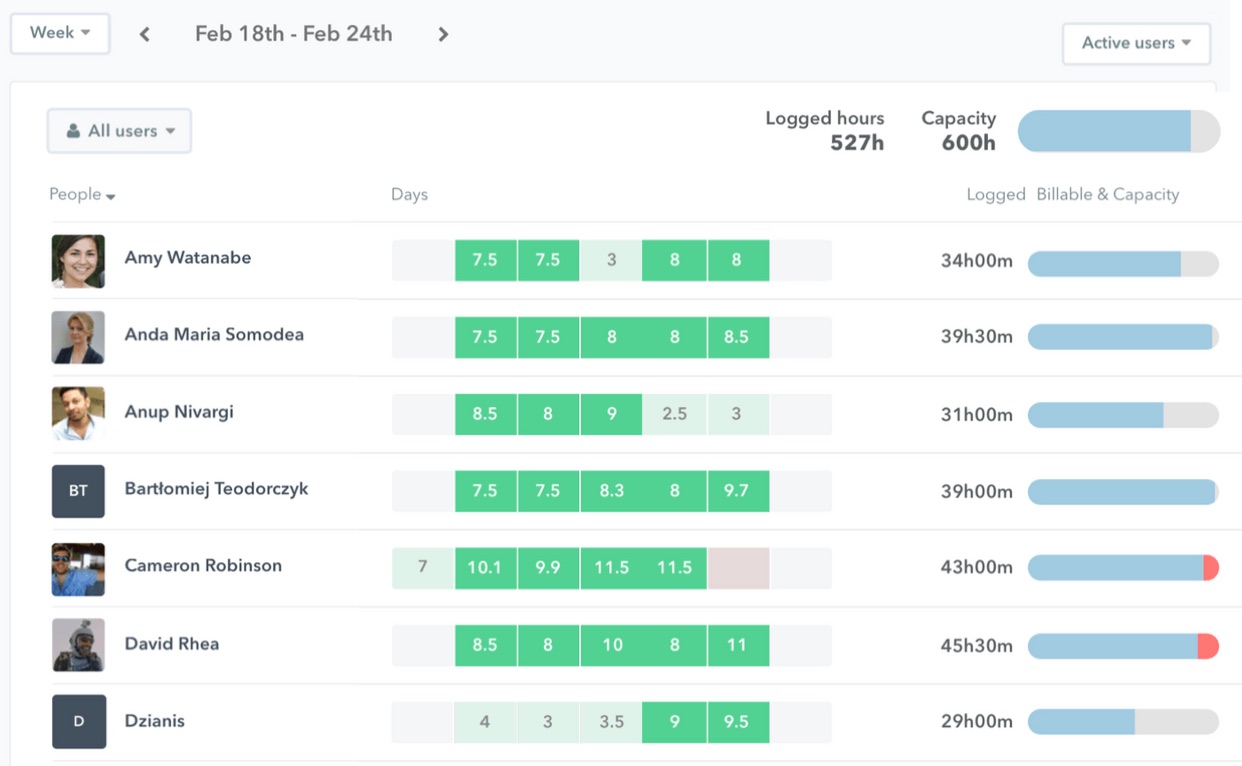Whatever industry you work in, managing a team is never easy. Making sure each employee is assigned the right amount of work is no mean feat – especially when not everyone asks for help or admits when they’re struggling. But failing to keep a balanced team workload can lead to stress, frustration and resentment, which all injure team productivity and morale. So, how can you support your employees and perfect your team workload management?
Communicate your priorities
Your team should always be working to your priorities, but you need to have a simple structure in place to grade all tasks by importance. Using your organizational goals as a starting point, determine which of your team's tasks are actually ‘urgent’ and which are just ‘important’.
There are a ton of project management tools out there to help do this neatly and compactly from one central place – JIRA, Asana, Trello, and Todoist are a few tried-and-tested favourites. The complexity and feature set varies wildly among these tools, so just make sure you only pay for what you actually need.

As always, communication is key, so include your team members in the process. Just bear in mind that stressed employees may view their own tasks as more critical than they are, or they might have an disproportionate understanding of the importance of one piece of work.
Get team visibility
You can't ensure teamwork is fairly distributed across your team without actually knowing each individual's work capacity. Knowing how people's work is spread across their week isn’t an affront to work autonomy; it’s an essential measure for balancing group effort and resources.
Thankfully, it doesn’t have to be intrusive and weird. Automatic time tracking tools like Timely give you a live overview of your entire team’s activity, without interrupting their work.

Logged hours are pulled into a capacity progress bar for each employee, so you can quickly see who’s overloaded, who has room to help out and who’s simply spread too thinly. You can even use the activity breakdown to see how long the team spends on different tasks and project phases, pinpointing the time drains and inefficiencies holding them back.
Recognize burnout early
So, how exactly do you determine if someone is overworked? Serial overtime, working through lunch, taking few breaks and not taking holiday entitlement are sure signs of a dangerously overworked employee. Absence is also a good indicator – if your employees are constantly getting sick (and try to continue working from home), something is seriously wrong. Automatic employee time tracking can help here again, laying out everyone's hours and activity.

Many managers also stick to the 80/20 rule: people shouldn’t spend more than 80% of their time working on specific projects, since at least another 20% is needed for admin, organization, breaks and meetings. Pace also makes a difference – if an employee is flat-out on Monday to Thursday but twiddling their thumbs on Friday, something’s wrong with their scheduling.
Allocate intelligently
Now you have visibility over your team’s workload, you need to divide the work fairly. But moving resources from one task to another on a whim should never be the first solution. Shifting employees between projects can result in lost momentum and employee frustration, and projects will just lose steam. The solution? Always consider these two variables before tagging people into projects:
- Capability. Allocating a workload based on an employee’s skill and experience is a good way to ensure quality results, as it increases the chance of the task being completed quickly and successfully. Assess the skills of each team member you’re thinking about allocating the task to; you want it to be something they’ll succeed at and feel good about.
- Interest. Is the person you’re allocating the extra work to actually interested in the task? If there’s another team member who’s invested, they’ll likely have more motivation to do it and perform well. It’s important to strike the balance between ensuring employees learn new things, and playing to their personal strengths and passions.
Show you’re serious
At most organizations, there will be times when certain people are required to work harder than others. While this inequality is sometimes unavoidable due to roles or experience, a carefully considered allocation of work will help prevent the worst imbalances. Sit down with employees commonly affected by it to work out how to balance everyday tasks with perennial tactical ones.
Listen, understand and act – whether that means taking a leading role, or supporting employees who want to design their own solution. Just make sure you revisit the problem and keep the team workload management conversation going; keeping an honest, open dialogue is essential to building a thriving company culture of happy employees.




